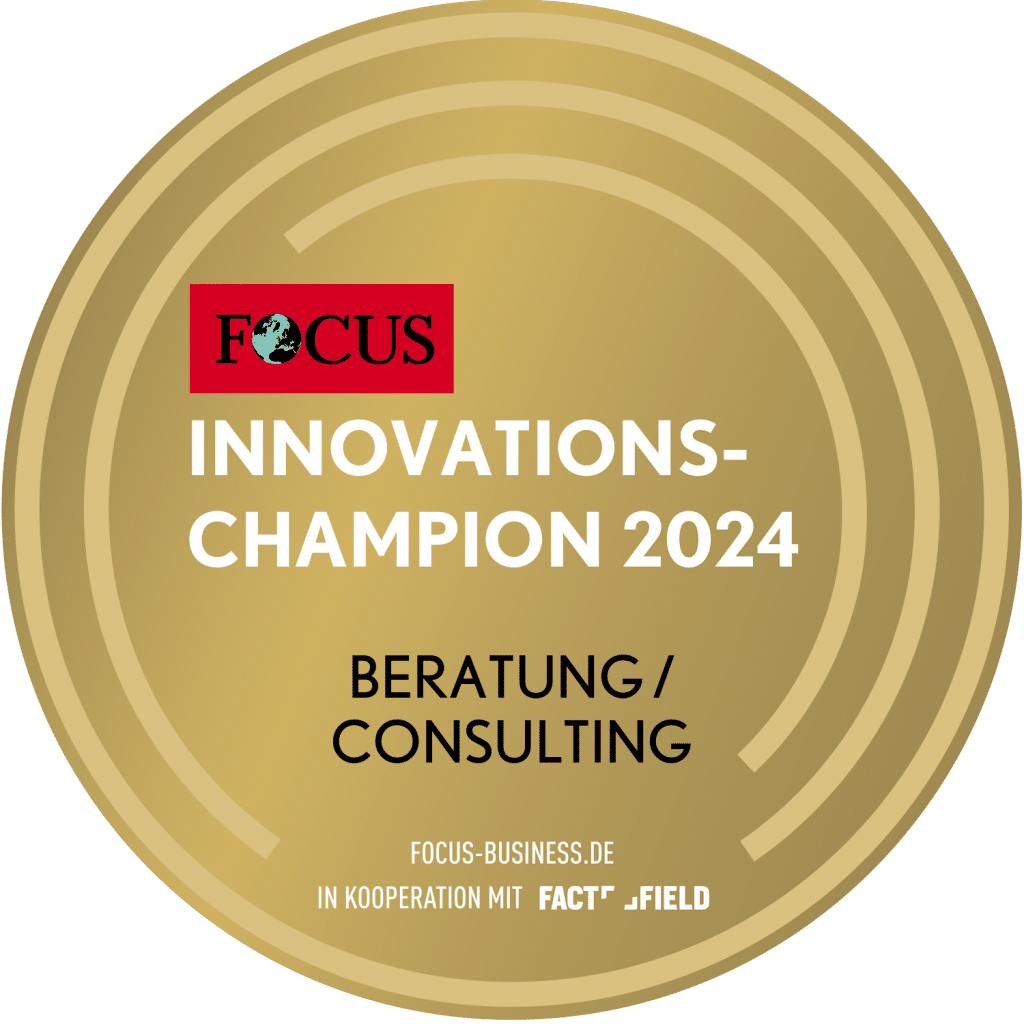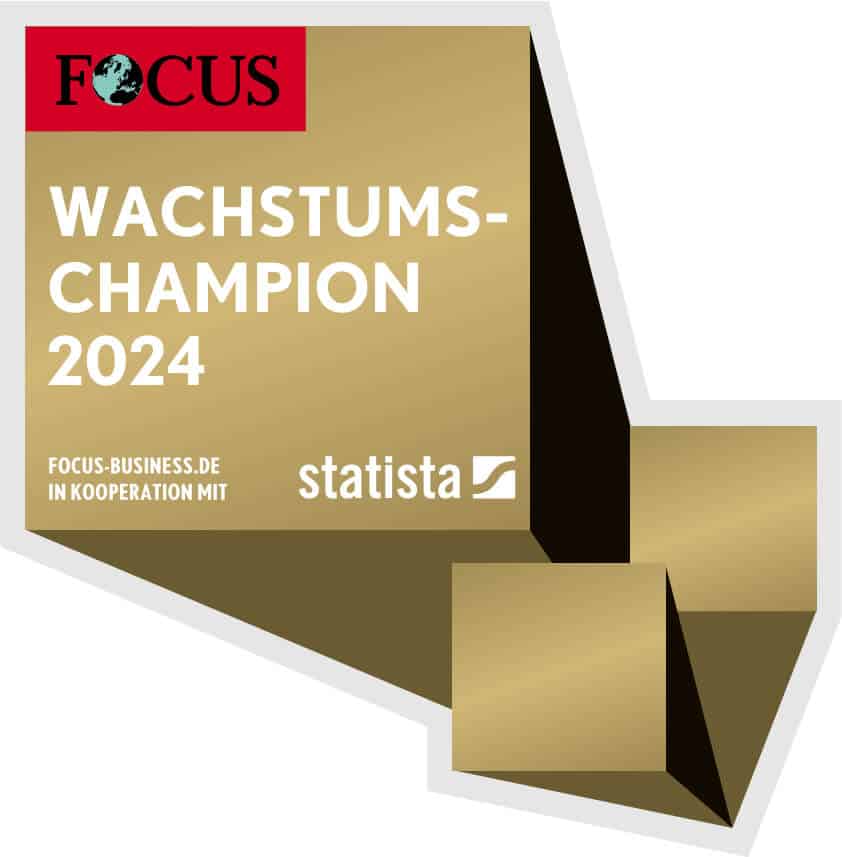The SAFe® framework brings business agility, organizational agility and agile leadership to companies. This means that lean and agile working methods are applied consistently and continuously in all areas of the company and by all employees. We explain how this works and the benefits of business agility and lean and agile practices. Peter Steinhoff and Werner Siedl, editor of the anthology "Agility in companies" in an interview.
Note from the editors: Read also part 1 of the interview with Peter Steinhoff and Werner Siedl SAFe® framework: Implementing lean and agile management holistically
Responding quickly to market changes through business agility
Katja Heumader: The SAFe® framework aims to establish "business agility". What can I imagine by that?
Peter Steinhoff: According to SAFe®, business agility is the ability to respond quickly and effectively to market changes. Business agility requires that everyone involved in delivering solutions, such as development, IT, legal, marketing, finance, support, compliance, security, and so on, uses lean and agile practices to continuously deliver innovative, high-quality products and services faster than the competition.
Business agility therefore includes lean-agile leadership, organizational agility, team and technical agility, agile product development, scaled system solution development, lean portfolio management and a learning culture within the company. In other words, all elements for a holistic and sustainable modern lean-agile company.
KH: SAFe® combines "lean" management and "agile" management. What are the respective characteristics of these approaches and how do they complement each other?
Werner Siedl: I like to translate agile as effectiveness and lean as efficiency. Effectiveness means doing the right thing. In the past, the goal of a project or development was very often clearly defined and hardly changed over time. In times of digitalization and the increased complexity of projects and developments, the goal often changes over the course of the project. Without adjustments, we cannot meet customer expectations. This is why we need an agile approach, which gives us the opportunity to regularly adjust our goals.
Managers: role models for change
KH: What role do managers and leadership behavior play in the implementation of SAFe®?
WS: Managers play a key role. Ute Nitschke and I discuss this role in Chapter 5 "It won't work without managers". Managing agile teams is different from managing traditional projects. In lean agile companies, responsibility is no longer borne by one person, but by a cross-functional agile team or several agile teams that organize themselves and make many decisions themselves. This requires managers to have an open mindset, let go of old behaviors and act as a role model when it comes to change. Modern managers act as coaches for their teams and employees so that they can continue to develop and learn. Only in this way can they become more effective and efficient as an overall unit. Only very large economic decisions, rare decisions and decisions that have a long-term impact on the company and organization are made centrally by the bosses. Everything else should be delegated to the teams, who can make better and faster decisions with their specialist expertise.
Rapid adaptability through organizational agility
KH: Alongside business agility and agile leadership, organizational agility is the third aspect that companies need to fulfill. What do you mean by this?
PS: Organizational agility describes how employees and teams optimize business processes, further develop the strategy and quickly adapt the organization as needed to take advantage of new opportunities. According to SAFe®, the following dimensions of organizational agility are central. These are lean-thinking employees and agile teams, lean business processes and strategic agility, and thus the ability to implement new strategies quickly and decisively.
The quote from Jim Highsmith describes the concept of organizational agility quite well. He says: "Agility is the ability to adapt and respond to change ... agile organizations view change as an opportunity, not a threat."
Chapter 11 of this book defines terms such as organizational agility in detail. It also uses the example of Scaled Agile Inc, the company behind the Scaled Agile Framework®, to describe how organizational agility can be used to overcome crises such as the Covid pandemic in companies.
KH: Are there general project criteria that must be met in order to be able to use SAFe® successfully?
WS: Yes, the project or company should be of a certain size and work together. If three agile teams are working on a joint solution, it makes sense to introduce "SAFe® Essential". It is also only worthwhile if there is a certain level of complexity. For simple or complicated projects and products, I would set up a classic project or form a task force. In this case, this would be more effective and efficient.
As SAFe® has a modular structure, it can be expanded in all directions after "SAFe® Essential" as required. If you want to scale up, you can go in the direction of portfolio level, agile budgeting and strategy or in the direction of DevOps (development & operations), automated testing or customer experience/design thinking. The advantage of SAFe® is that the appropriate options are already available in the framework kit and you simply add the missing building block for your individual solution, just like with LEGO®.
Mr. Siedl, Mr. Steinhoff, thank you for the interesting interview and I wish you every success with your new book!
The interview with Peter Steinhoff and Werner Siedl was conducted by Katja Heumader for the TCI editorial team.
"Agility in companies": theoretically sound and practical

The focus of "Agility in Companies" is on the practical application of the concepts. In addition to an introduction to the theoretical foundations, the contributors to the anthology cover various areas: Corporate and personnel management, organizational management, evaluation and controlling, decision-making behavior, roles in projects and the management of business processes.
"Agility in Companies" is aimed at internal and external practitioners for whom transformation management is at the center of their tasks. Coaches, business managers, managing directors and other decision-makers will benefit from the comprehensive perspectives in this anthology, as will academics and lecturers specializing in organization, agile management, project management, business management, change management, product management, development, process management and strategic management.
Note from the editors:
Buy the entire book or individual chapters directly here as eBook for Euro 46.99 (complete edition) or Euro 26.70 (individual chapters)!
Or order the anthology as a high-quality Hardcover for Euro 59,99!
Source cover image: © BullRun | Adobe Stock


